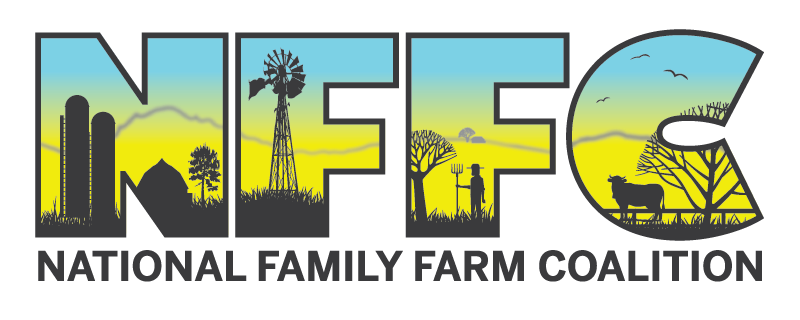“Are Your Delicious, Healthy Almonds Killing Bees?” That is the question posed by Tom Philpott last week in Mother Jones. As the acreage in monocropped almonds in California has grown, so too has the reliance on “pollinator services”. Wild honeybees simply cannot pollinate the vast number of almond trees growing in California’s almond country anymore. This year between 15 and 25 percent of beehives in almond groves have experienced “severe” damage says the Pollinator Stewardship Council.
The cause, says Philpott, is a cocktail of pesticides, supposedly harmless to bees on their own, that are mixed with adjuvants, substances designed to make the pesticides more effective. Newer forms of adjuvants, designed to allow pesticides to penetrate plant leaves, may also be penetrating the tissue of bees themselves. Once inside, the adjuvants may inhibit a bee’s ability to forage.
In a hearing last week with the House Horticulture, Research, Biotechnology, and Foreign Agriculture Subcommittee, almond farmer and Blue Diamond board member, Dan Cummings, testified that the varroa mite and the decreasing acreage in forage area for bees is largely to blame for colony collapse. Dr. David Fischer from Bayer and Dr. Jeff Pettis from the USDA echoed this argument. Jeff Stone, Executive Director and CEO of Oregon Association of Nurseries, was alone in suggesting pesticides may be playing a larger role.
Colony collapse and pollinator health remains an issue beyond the almond industry. Commodity crop seeds like corn and soy increasingly are coated with neonicotinoids, a form of pesticide thousands of times more lethal to bees than DDT. Seedlings can only take in so much, so the vast majority of the pesticide, as much as 96 percent according to Dr. Dave Goulson of Sussex University, is released into the soil, groundwater, and atmosphere through exhaust or dust from tractors. Neonicotinoids are shown to impact bees in sublethal ways, essentially intoxicating the bees to the point that they forget how to return to their hive or produce food for the colony. Studies have shown that bees feeding off of crops treated with neonics produce up to 85 percent less queens.
Dr. Christian Krupke of Purdue University has conducted studies comparing yield rates, crop heights, and root damage between coated and uncoated seeds. His research has shown no significant correlation between coating and increased yields or crop quality. Studies in the UK have shown that integrated pest management methods, which use pesticides as a last resort, are much more effective in increasing crop yields.
At a March presentation put on by Senator Gillibrand’s (D-NY) office and the Center for Food Safety, Dr. Krupke noted the difficulty he faced in obtaining uncoated seeds for his research. According to Dr. Krupke, neonic-coated seeds now make up somewhere between 94 and 98 percent of the non-organic corn and soy seed available to farmers. More than 70 percent of food grown in the United States, some $200 billion in value, is done so using neonics. Farmers appear to have little choice in whether to grow crops that may be contributing to colony collapse disorder.
The Save America’s Pollinators Act, introduced by Representatives Earl Blumenauer (D-CT) and John Conyers (D-MI), would suspend the use of neonicotinoids unless or until the EPA could show using scientific evidence that their use does not harm pollinators. Similar bans have been put into effect in Germany and Italy. In those countries, bee colonies recovered in just a few years.
In last week’s House Horticulture, Research, Biotechnology, and Foreign Agriculture Subcommittee hearing, multiple members of Congress asked the witnesses to what extent Congress should be involved in the effort to save pollinators. Mr. Stone, representing the almond industry, said Congress should focus on funding research into varroa mites and forage availability for bees. No witnesses made a case to restrict neonicotinoids until they they can be shown to not harm pollinators. NFFC will continue to monitor the efforts in Congress to address colony collapse disorder.
